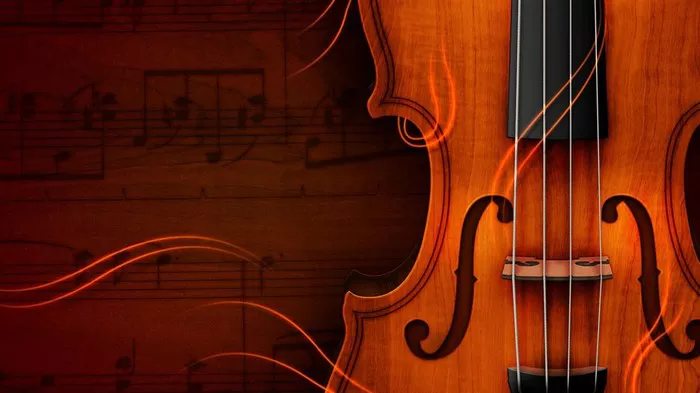Classic animation often marries visual humor with iconic musical compositions, creating memorable moments that linger in our minds for generations. The beloved duo of Tom and Jerry is no exception, masterfully weaving classical music into their mischievous escapades. In this article, we delve into a specific instance of this harmonious synergy—the use of Franz Liszt’s “Hungarian Rhapsody No. 2” in a comedic scene from Tom and Jerry. We explore how this scene unfolds, the musical backdrop it employs, and the enduring appeal of this timeless fusion of animation and classical music.
I. A Classic Showdown: Tom vs. Jerry
The dynamic between Tom, the cat, and Jerry, the mouse, is the cornerstone of countless comedic scenarios that have tickled audiences for decades. These two characters engage in a perpetual battle of wits, often resulting in slapstick humor and unexpected outcomes. The integration of classical music serves as a creative embellishment, adding depth and cultural references to their escapades.
II. Setting the Stage: Hungarian Rhapsody No. 2
In this particular scene, the stage is set for a formal concert. Tom takes the spotlight, adorned in a white tie, as he performs a piano rendition of Franz Liszt’s “Hungarian Rhapsody No. 2.” This iconic composition, known for its virtuosic and lively character, serves as the perfect backdrop for the ensuing comedic interplay between the cat and the mouse.
III. Jerry’s Musical Mockery
Jerry’s involvement in this scene is both humorous and audacious. Living and sleeping inside the piano, he’s rudely awakened by Tom’s piano playing. Seizing the opportunity, Jerry positions himself atop the piano and playfully “conducts” Tom’s performance. This playful mockery exemplifies the clever use of classical music as a catalyst for visual gags, enhancing the comedic narrative.
IV. Legacy and Laughter
The enduring appeal of this scene lies in its ability to elicit laughter across generations. The juxtaposition of the formal concert setting with the absurdity of Tom and Jerry’s interactions creates a delightful contrast. The scene’s success hinges on the seamless integration of Franz Liszt’s composition, turning it into a character in its own right and adding an extra layer of entertainment for both casual viewers and aficionados of classical music.
FAQs about Tom and Jerry’s Musical Moments:
Q1: Are there other instances of classical music in Tom and Jerry cartoons?
Yes, throughout the history of the show, classical music has been used to enhance comedic moments. For example, Johann Strauss II’s “The Blue Danube” is another famous composition featured in Tom and Jerry episodes.
Q2: What is the significance of using classical music in animation?
The use of classical music adds depth, cultural references, and emotional resonance to animated scenes. It elevates the storytelling and creates memorable moments that resonate with a diverse audience.
Q3: How has Tom and Jerry’s use of classical music influenced popular culture?
Tom and Jerry’s integration of classical music has contributed to the introduction of these timeless compositions to new generations. It also showcases the versatility of classical music in different contexts beyond formal performances.
Conclusion
The marriage of animation and classical music in Tom and Jerry’s antics demonstrates the magic that occurs when two art forms harmoniously collide. The scene featuring Franz Liszt’s “Hungarian Rhapsody No. 2” exemplifies the brilliance of juxtaposing the elegance of classical compositions with the absurdity of cartoon humor. Through this fusion, the creators of Tom and Jerry have not only entertained audiences but also paid homage to the timeless nature of classical music. This comedic gem continues to delight viewers young and old, reminding us of the enduring power of creativity and the universal appeal of music and laughter.

